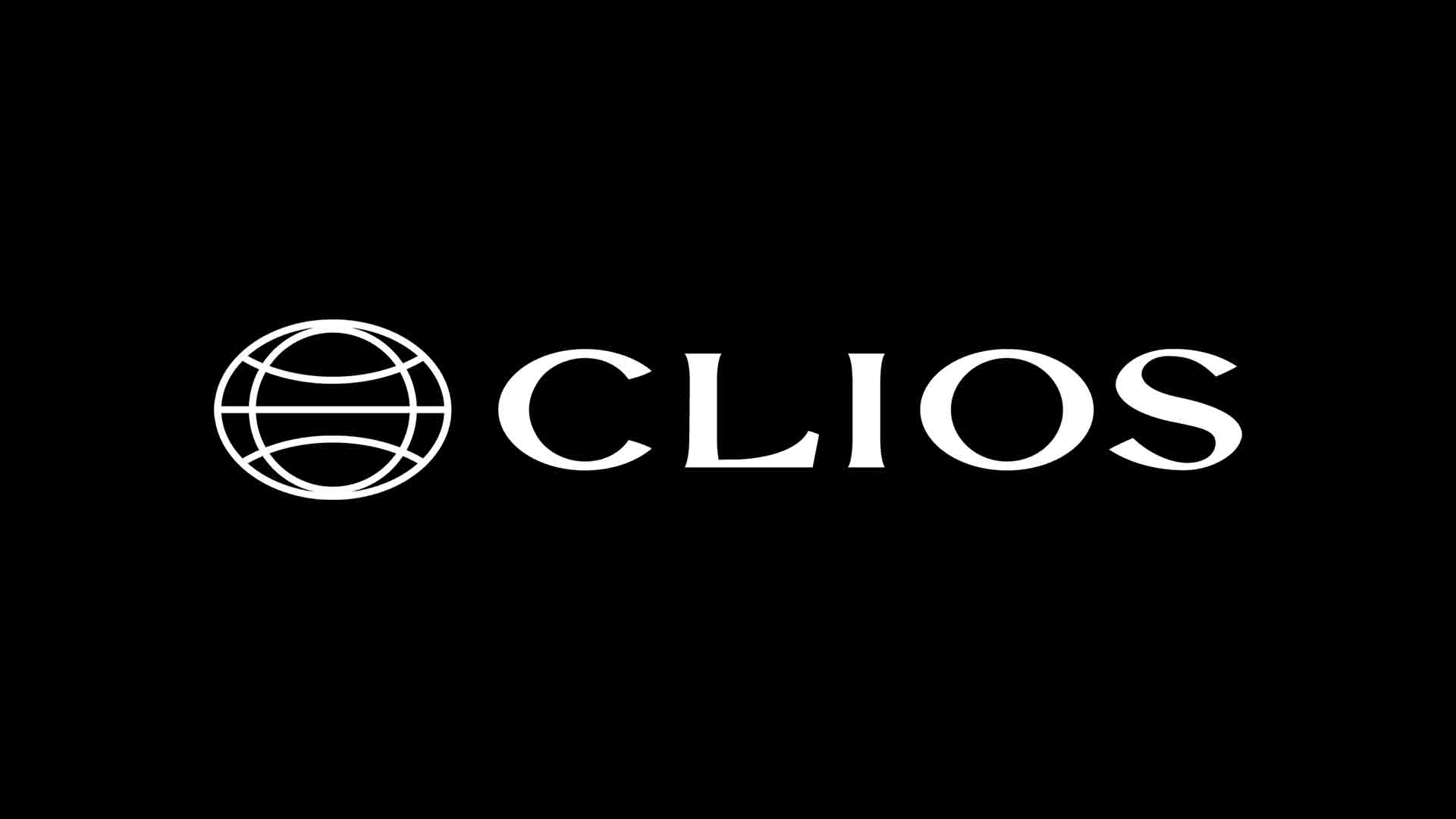The best cameras for shooting sport
If you’re inspired by the Rio Olympics and want to shoot some sport, it pays to have the right camera. So what are the best options?
You can shoot sport with just about any camera but some make it a heck of a lot easier, which means you’ll have more success and enjoy the whole experience much more. One of the main considerations is the autofocus system.
The faster and more sophisticated this is, generally speaking, the better it will be for shooting sport and action. The ability to shoot at high frame rates and for long sequences in a single burst is also an advantage.
These two points usually rule out many compact cameras and ‘phones as they’re just not fast enough and most don’t give the level of control that you need over shutter speed.
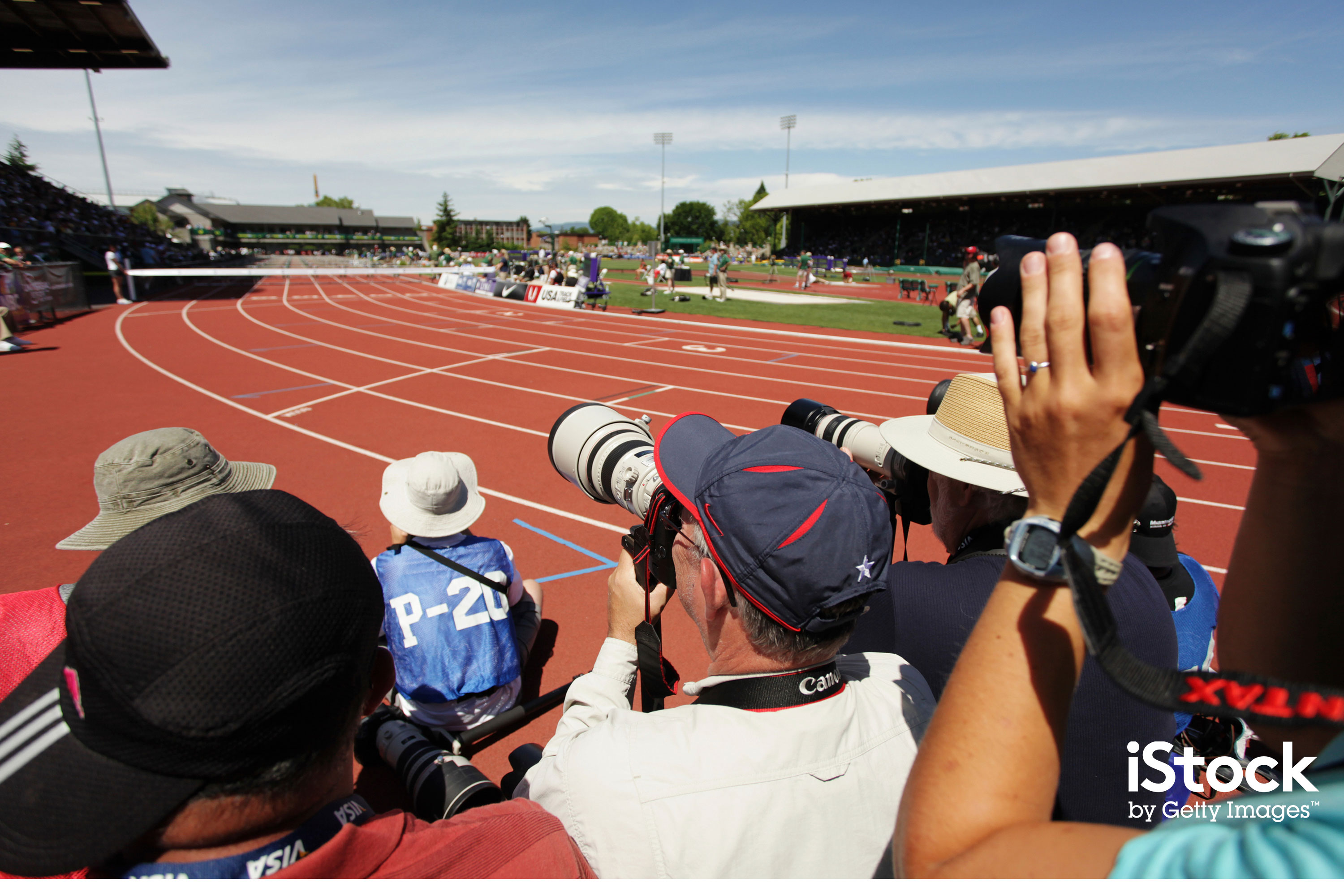
Most professional sports photographers use SLRs for their work because these cameras have a dedicated autofocus sensor and use a form of focusing known as phase detection, which is very fast.
The top-end models like the Canon EOS-1DX Mark II and Nikon D5 can also shoot continuously at 14 frames per second (fps) and 12 fps respectively and they can do that for long enough to record Usain Bolt’s entire 100m race. But of course these cameras cost an absolute packet.
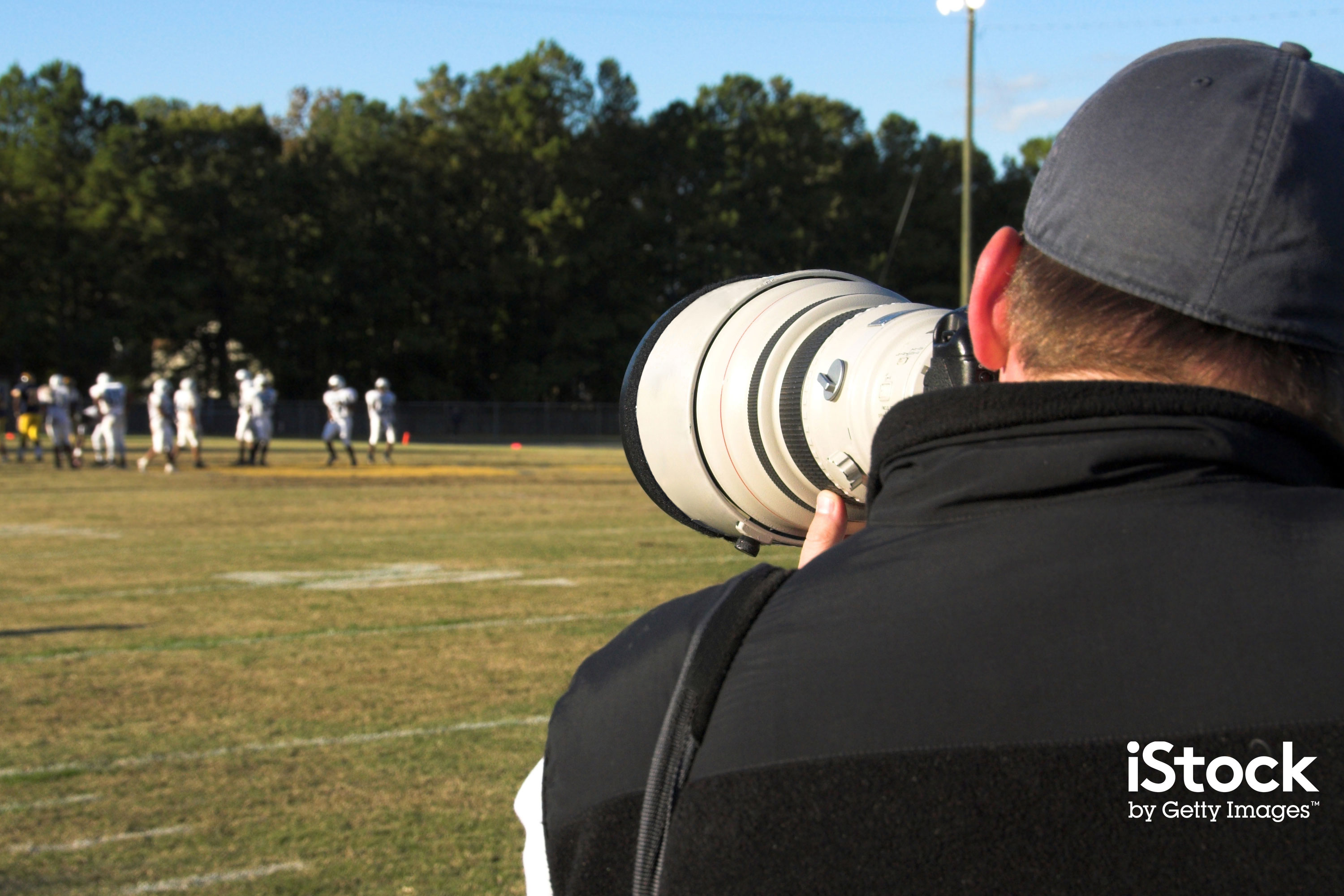
Fortunately there are SLRs that are suitable for all levels of photographers and although the entry-level ones don’t have the same number clever features, they still use the same type of autofocusing system as top-end models.
The Canon 1300D (known as the EOS Rebel T6 in the US) for example retails for around £339/$499 with the 18-55mm lens, while the Nikon D3300 will you set you back around £319/$547 with a similar optic. The Nikon D3300 has a couple of advantages over the Canon 1300D including the fact that it has pixel count of 24 million, which means it captures more detail.
Arguably more significantly for aspiring sports photographers, it can also shoot at up to 5fps instead of the Canon camera’s 3fps.
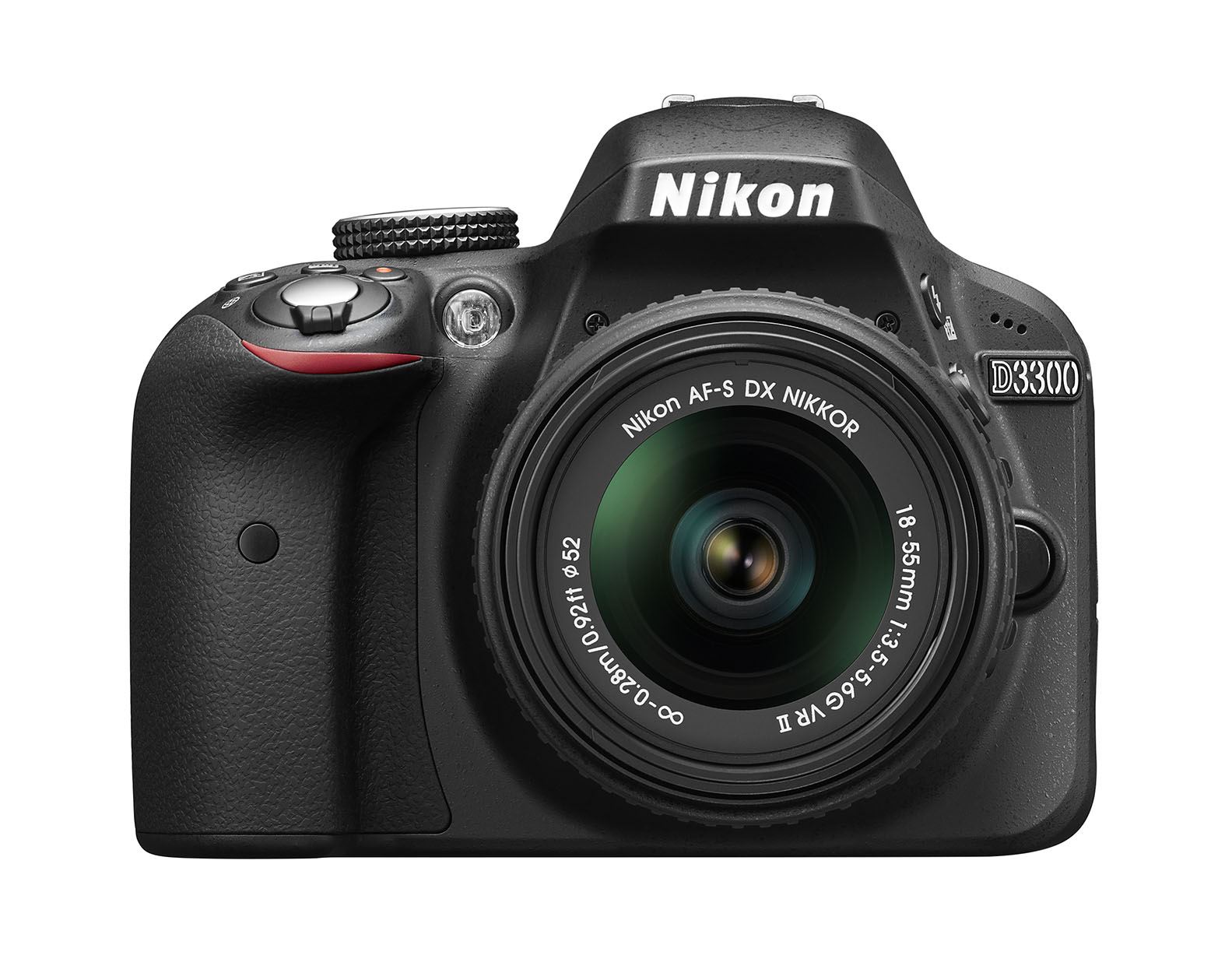
If you have a bit more money to spend consider models like the Canon EOS 760D/EOS Rebel T6s (£549/$849 body only) and Nikon D5500 (£499/$747 body only) both of which can shoot at 5fps.
They bring a vari-angle touch-screens for easier shooting a low/high angles, but it’s worth bearing in mind that you need to compose images in the viewfinder to get the benefit of the fast focusing system.
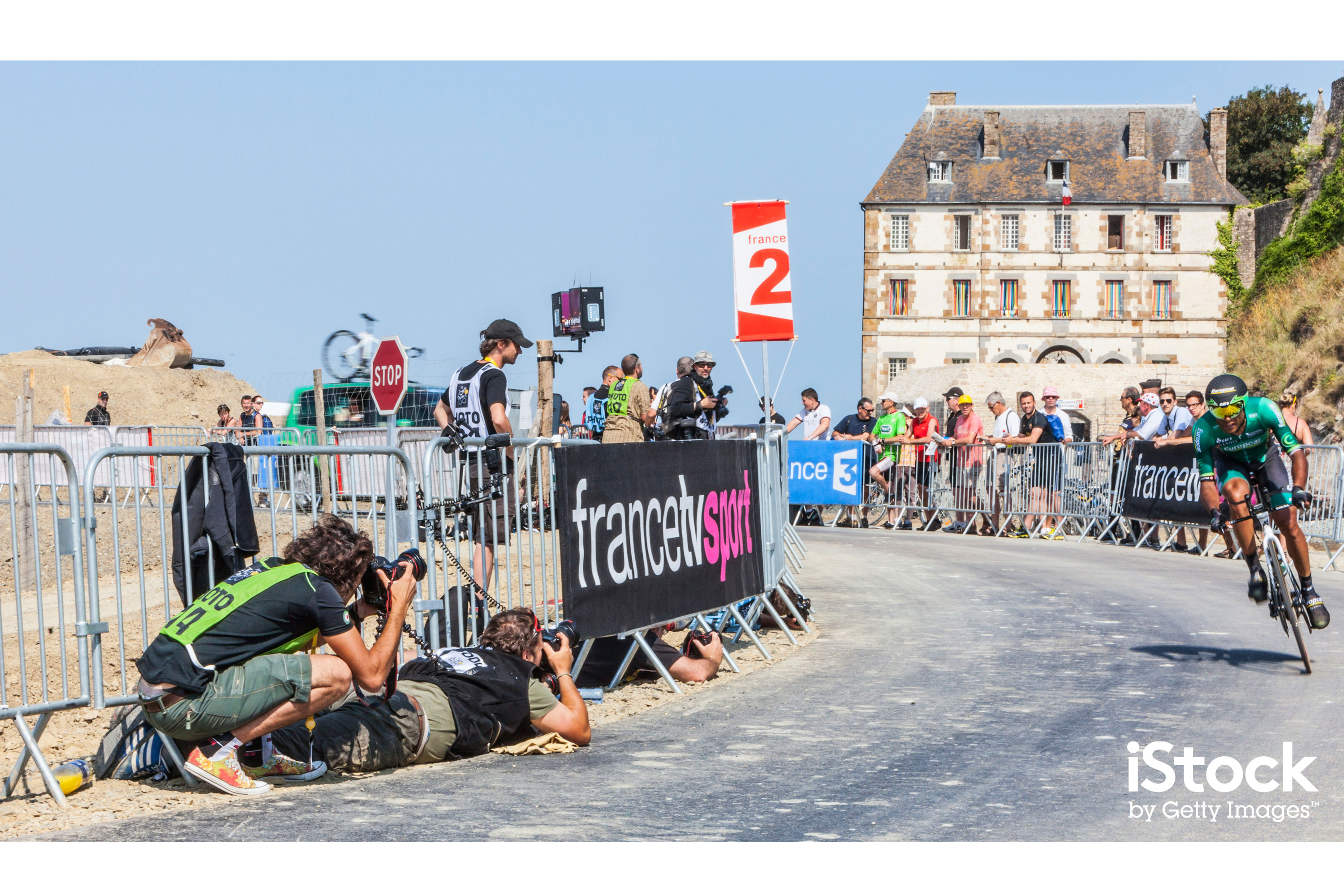
Mirrorless alternative
Mirrorless or compact system cameras are an increasingly popular alternative to SLRs because they are smaller and lighter yet offer the same level of control.
However, until recently their focusing systems have not really been fast enough to shoot sport. This is because they use the imaging sensor to provide focusing information and in many cases this has meant using a slower (but still accurate) method known as contrast detection.
Lots of progress has been made in this area, though, and these days some manufacturers use a combination of contrast and phase detection focusing.
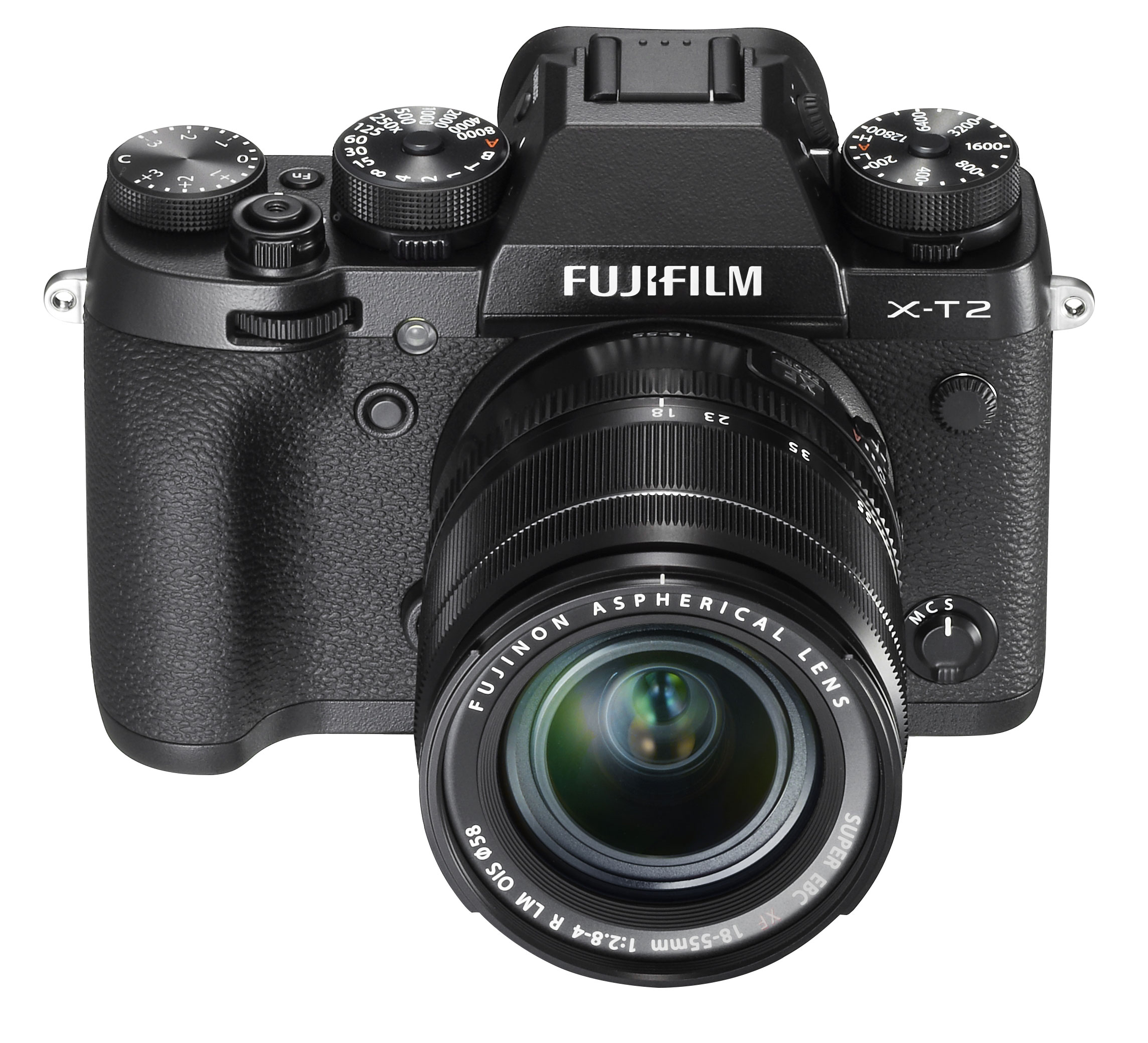
The best mirrorless or compact system cameras also have an electronic viewfinder which enables you to see the image as it will be captured – with the impact of any settings applied. That means if the shot is going to be underexposed you’ll see it.
There is now a growing band of professional sports photographers who use compact system cameras such as the Panasonic GX8 (£869/$998 with 12-60mm lens) and Fujifilm X-T1 (£1,049/$1,699 with 18-55mm lens). Fujifilm’s recently announced X-T2 (£1,649/1,899 with the 18-55mm lens) looks particularly exciting as it has some of the autofocusing customisation options that are normally associated with high-end SLRs.
Sony’s Alpha 6300 (£1,099/$1,148 with 16-50mm lens) also has a very fast autofocus system that enables you to shoot sport in good light.
Don’t forget lenses
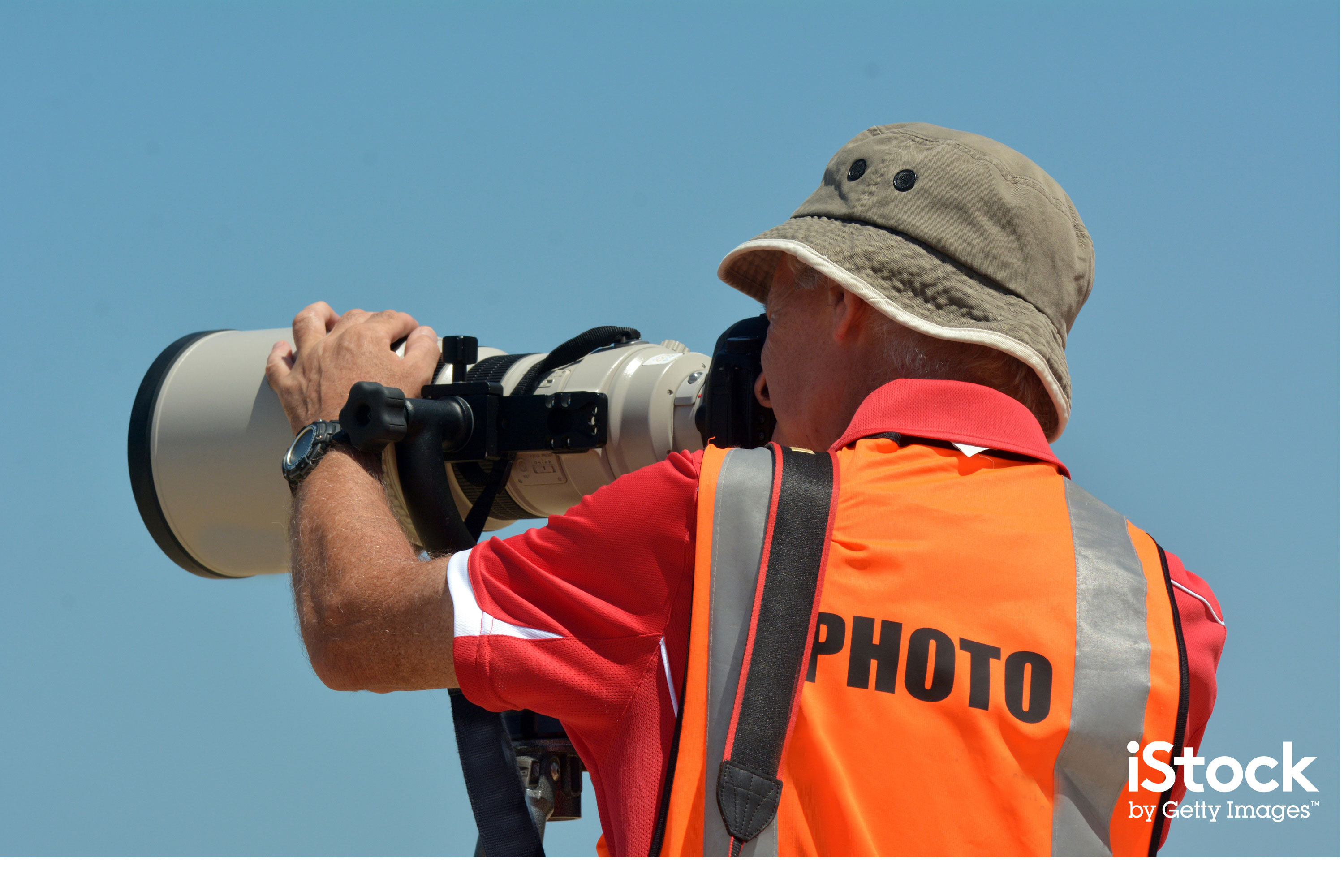
Shooting sport often requires a long lens that enables you to frame the action tightly without having to be close to it. There are lots of lenses available from camera manufacturers and third party lens producers, so there’s quite a bit of choice, but you need to ensure that you buy a lens that has the correct mount for your camera.
Telephoto lenses with large maximum apertures such as f/2.8 or f/4 are particularly popular for shooting sport because they allow fast shutter speeds to be used as light levels fall. Unfortunately, these so-call ‘long fast’ lenses don’t come cheap.
If you are serious about shooting sport it may be advisable to opt for a cheaper camera to enable you to afford a better lens.
Meanwhile, for specialist cameras for photographing nature remotely, see our guide to the best trail cameras.

Thank you for reading 5 articles this month* Join now for unlimited access
Enjoy your first month for just £1 / $1 / €1
*Read 5 free articles per month without a subscription

Join now for unlimited access
Try first month for just £1 / $1 / €1
Get the Creative Bloq Newsletter
Daily design news, reviews, how-tos and more, as picked by the editors.

Angela Nicholson has been head of testing for various photography magazines and now works as a freelance reviewer, writer and photographer. You can find her @AngeNicholson on X.
